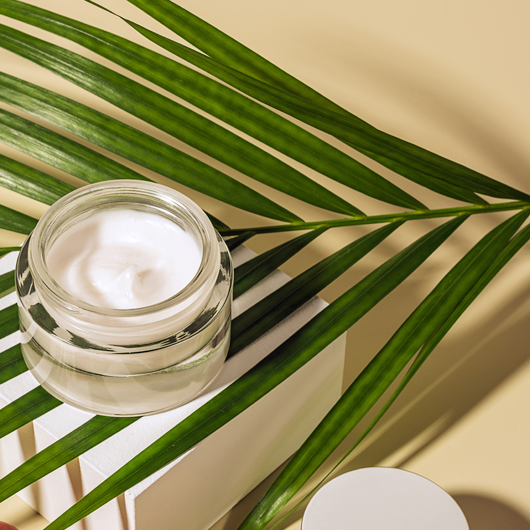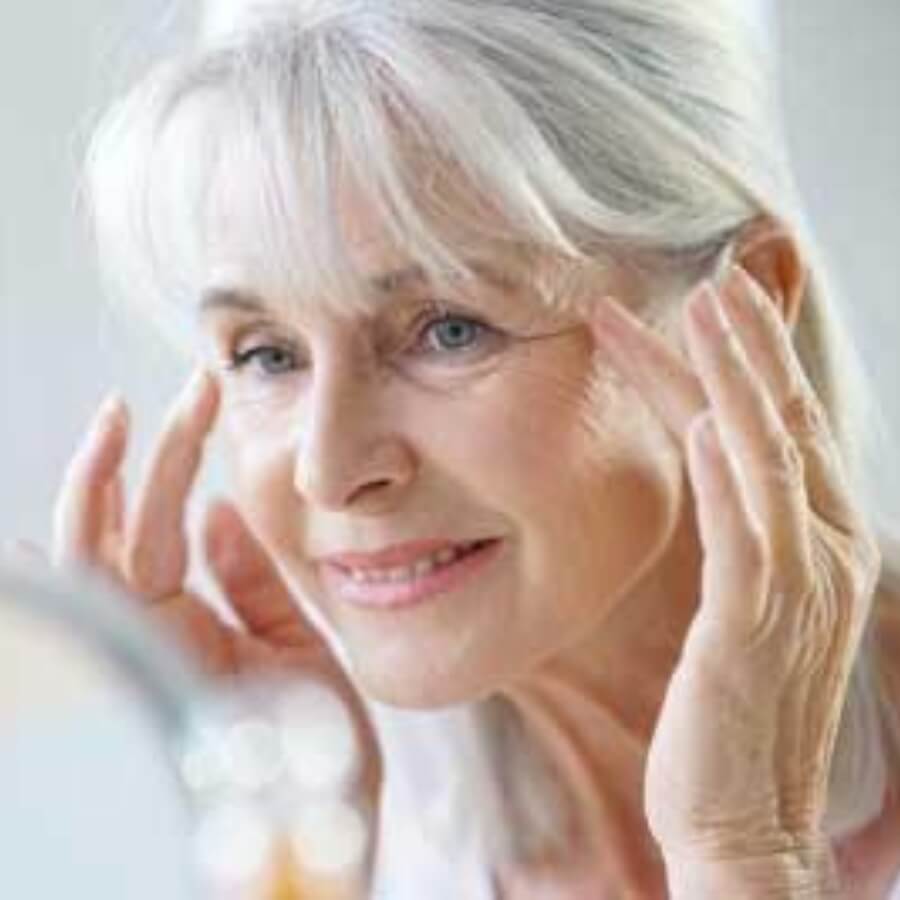Remember that clear soft complexion you used to have when you were a teenager? Don’t you find yourself often wishing that you could get it back? Well, this article will share some handy tips on making your skin look younger and more radiant, regardless of your age!
Drink Water for a Better Complexion
You’ve probably heard this one a thousand times before, but that’s because it works - always drink plenty of water. It may sound like a lot of effort, but you will be amazed at how quickly it can impact your complexion. Try filling up a large bottle of water daily, and ensure you consume all of it by the end of the day. Just give it a week, and I promise you will notice a vast improvement in your skin. It’s an inexpensive and quick way to get a smoother complexion.
Take Care of your Complexion
The second step is to take care of your complexion, and by this, I don’t just mean your morning face wash, - which, most often than not, entails splashing your face with lukewarm water. Visit a day spa and treat yourself to a facial. You may be under the impression that facials are simply a luxury and have no long-term benefits, but they are one of the best treatments for your skin.
Facials help to alter the dynamics of your skin. Think about all of the pollution and congestion inside your skin. All of that trapped dirt, causing your pores to become clogged. Facials can help to remove impurities and penetrate your complexion to nourish it. The best thing about facials is that they can be tailored to suit your skin type so that you can gain the best results. For example, an effective radiance restoring facial is a Rose Facial. Commonly found in toners, rose is superb for the skin. After all, it can help reduce redness and retain moisture. This facial uses rose essential oils to rejuvenate and deeply nourish the skin.
Eat a Healthy Diet with Minerals
Ever heard the saying "You are what you eat?" - Well, I stand by this. Try and reduce your sugar intake and instead opt for fruit whenever you feel your sweet tooth tormenting your self-control. The natural sugars from fruit will help quench your cravings. In addition, because they contain various antioxidants, they contribute to regenerating and protecting your complexion. One of the key ingredients for radiant skin is Vitamin C, which can be found in fruit, such as blueberries, strawberries, and oranges. This helps you build a healthy immune system and give you the best-looking skin! Vegetables, like spinach and kale, also contain antioxidants that encourage skin cell development. In addition, they contain trace minerals that are lost as we age. These may not sound like the most appealing options, but you will honestly feel healthier, and your skin will begin to glow!
Sun Protection Reduces the Effects On Skin
Use SPF (Sun Protection Factor) every day. You may think that you only need to apply sunscreen in the summer, but remember that although it may not be warm, the sun also comes out in winter. The UV (ultraviolet) light from the sun can cause damage to your complexion. Using a moisturizer containing SPF can reduce your chances of contracting skin cancer, allowing your skin to regenerate. Too much sun exposure can cause dark spots and irritate the skin. Apply sunscreen daily, and you’ll soon notice the sudden glow in your skin.
Exercise Promotes Blood Flow
Yes, the ‘E’ word. Exercise helps to increase blood flow, which results in nourishing your skin cells. It can also contribute to reducing stress, which again can benefit the skin. Exercise is great for relaxing, and although it may seem like a complete chore, it’s good for your well-being and complexion. Think of that post-workout glow; your skin will always look like that! It will make you look younger, healthier, and happier, and help improve your blood circulation. While exercising, oxygen is brought to the surface. This is perfect for people with dull, sallow skin. While these things may seem obvious, you’ll be surprised by many individuals that neglect them.
Here are some more quick tips you can try:
- Avoid products containing too many chemicals.When trying out new products, always perform a skin test before you use them on your face. You can do this by applying some of the product to the inside of your wrist. Wait until the next day; if you don’t have any reaction, it is safe to use on your complexion.
- Go down the route of using natural sources such as honey and raw sugar on your face instead. If it is good enough to eat, then it is safe enough to use on your face.
- Try and keep your hair away from your face. Especially if you have lots that can touch your face. The natural oils from your hair can effortlessly seep into your skin and cause congestion. Put your hair up for a few days during the week.
- Clean your phone screen. Most phones are now touchscreens. Think about the number of bacteria circulating on your phone's screen. Now consider where the phone is situated during a call. This is just asking for a breakout.
- Remove your makeup properly. You may be using a face wipe or makeup remover and thinking that it has removed your makeup. The next time you do this, try sweeping a cotton pad over your face afterward, and you’ll see just how much makeup is left on your skin—double-cleanse at night to ensure that all of your makeup is off.
Visible Effects of Aging
Many changes happen as we age. Some changes are intrinsic and caused by biological aging. Others are caused by external factors and are reversible. We can control and change diet, sleep, stress, and exercise. Here is a look at what factors come into play during your lifetime.
The Twenties:
Hormone levels begin to decline. Our once plump faces have reached their peak supple appearance. Our skin begins to lose estrogen, leading to thin skin later in life.
The Thirties:
The eyes are typically the first signs of aging. Laxity in the skin, including droopy eyelids, crow's feet around the eyes, and laugh lines begin to show. In addition, many people experience dull, lackluster complexions.
The Forties:
This is the decade that you can visibly see what aging has done to your complexion. Collagen and elastin loss are the biggest significant change. Eyelids are noticeably droopy, the jawline sags, frowning becomes a semi-permanent look, and lines form around the base of the neck, crepey areas begin to form on the elbows and knees. Age spots begin to appear, and the once supple contoured face lacks radiance with an uneven skin tone. Decreased estrogen levels begin to take a toll all over the body, not just the face. Many women begin to notice the back of their hands thinning and showing unsightly veins. And if that's not enough, grey hair sets in.
The Fifties:
This is when we wished we had stayed out of the sun, wore a hat, and used sunscreen daily. The environmental factors catch up with us. So does our lifestyle. Hereditary factors of aging are very apparent. Hormone levels are attributing to structural loss more than ever. Our face shows more angles as the bone loss has taken hold. Skin becomes looser, and we begin to see diminishing fat pads and hollowness. We long for the collagen stores our skin once had. Visually, we see multiple signs of aging. We experience lip lines, drooping, deeper wrinkles, sagging, lack of firmness, and dry skin. Our hair is now thinning, and at the same time, is showing up in places we never knew hair could grow. Hairs can become curly and wiry.
The Sixties:
The regeneration of skin cells slows as our circulation is not what it once was. The abundance of supple, dewy skin is replaced by a dry, thin complexion that can be sensitive and easily irritated. Gravity takes hold; our jawline is not what it once was, and wrinkles deepen further.
Article Contributed By
Danielle Bagworth, an avid lover of all things beauty and skin-related








